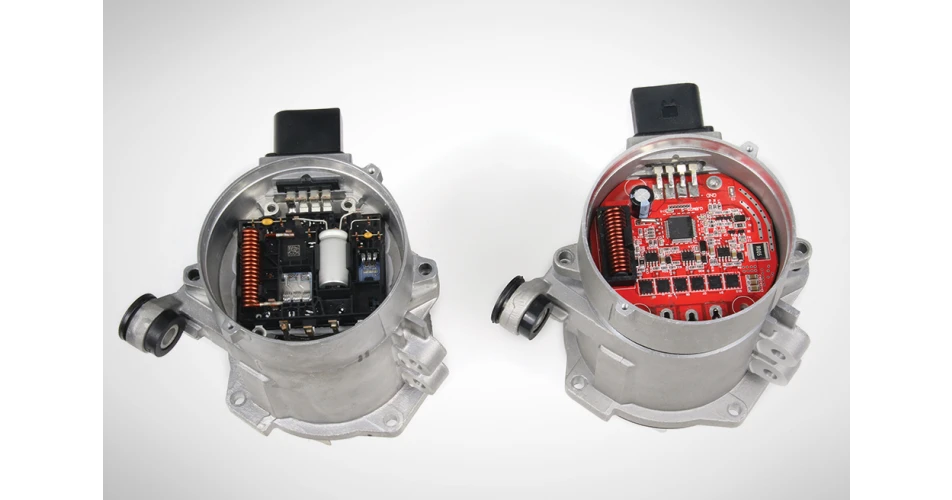In the quest to reduce engine emissions, there is a growing trend among vehicle manufacturers to use Electric Water Pumps instead of, or alongside, their traditional belt driven counterparts. First Line has reflected these market developments in their comprehensive Cooling range with the addition of Electric Water Pumps.
There are two types of Electric Pump: primary, which completely replaces the traditional mechanical pump and secondary, which is fitted alongside a mechanical pump and often has several functions.
With a primary Electric Pump, due to its positioning, its exposure to heat and other extreme conditions often leads it to premature failure and in some cases, at less than 100,000 miles. First Line source their Primary Pumps directly from original equipment manufacturers in order to provide a high quality competitive alternative to the main dealer.
As with most products, specification can vary between suppliers and therefore it is important to understand that with the Electric Water Pumps other aftermarket alternatives are available, however what’s inside may vary. For example, if we take a look at what is inside First Line’s FWP 3000, which fits BMW 1, 3, 5, 6, X3, Z4 models, you can see that the electrical aspect is totally different. Although the red circuit board may look a bit more exciting than the green boards you are used to seeing this is in fact not how the OE version was designed. The OE version, which is what FWP 3000 is, offers a more robust electrical setup and a big difference is that the terminals on FWP 3000 are welded as opposed to the aftermarket alternative, which is soldered. Solder can melt at 180°C whereas a welded joint offers a strong robust joint so it’s possible that the inferior product won’t last as long as the OE product.
When it comes to secondary pumps, functions can include cooling the vehicle after the engine has been shut down, increasing the flow of coolant to certain parts of the engine under extreme conditions and boosting the coolant flow to the heater matrix to warm up the heating system as quickly as possible.
To maintain their optimum efficiencies, modern, low-emission and high output engines need to operate within a very narrow temperature window. First Line’s secondary pumps allow this by regulating coolant flow according to the demand of the engine control unit (ECU). Furthermore, forced induction engines will require additional cooling of the turbocharger or supercharger after shutdown in order to prevent premature wear or even damage, which is also the responsibility of the secondary pump.
The First Line range now consists of 10 Primary and 27 Secondary Pumps, with more being developed and added to the range. As with any type of Water Pump, it is imperative that the correct bleeding process is followed and fresh coolant mix is used, along with a thorough flush of the old coolant.
First Line recommends that technicians always use the correct antifreeze, the correct mixture and more importantly, use de-ionised or distilled water to fill the system. Tap water contains certain minerals, which can compromise the effectiveness of the corrosion inhibitors in the antifreeze. Also, if the levels of corrosion inhibitors are too low, due to not using the correct mix then the build up of rust, lime scale or dirt may get into the mechanical shaft seal and destroy the surfaces, which would cause the Water Pump to leak and fail. Using old or no antifreeze will mean that the mechanical shaft seal will not get lubricated and therefore will lead to premature wear and failure. Technicians must always clean and flush the system when replacing coolant and not re-use the coolant that has already been drained off.
Technicians also must make sure to only use a small amount of sealant when installing Water Pumps. Many of the Water Pumps returned to First Line under warranty are as a direct result of too much sealant being used. When the pump is fastened, excess sealant is squeezed out of the facing, which can get inside the pump and clog up the dynamic seal pack or another parts of the cooling system. This will result in the pump leaking or overheating and will result in premature failure.
